Tokyo for
Tradition
Though certain parts of Tokyo now look like something straight out of a sci-fi film, you can still find pockets of Edo-era culture where you can enjoy traditional Japanese experiences and customs such as the tranquil tea ceremony or a samurai-inspired sports event.

t A woman practising the elaborate ritual of the tea ceremony
Ancient Sports
Developed as arts of war by the samurai, the martial arts have evolved not only into a range of competitive sports but also forms of discipline aimed at spiritual improvement. Tournaments for judo, kendo, and other martial arts are held at the Budokan (www.nipponbudokan.or.jp), while yabusame (horseback archery) is a key spectacle of the Kamakura Festival.
Tea Ceremony
The art of the tea ceremony is a meditative and beautiful tradition, influenced heavily by Zen Buddhism. To join a ceremony, head to the historic Asakusa district, where Nadeshiko (www.hanayashiki.net/shops/nadeshiko/e) offers an English-friendly tea ceremony, and the option to wear a kimono.
Classic Theater
Three major types of traditional theater are still performed regularly in Tokyo: Bunraku, Kabuki, and No. You can catch Bunraku (puppetry) at the National Theatre (www.ntj.jac.go.jp) and Kabuki at Kabuki-za Theatre – but if you only have time to catch one performance, make it No. This is the oldest and most mysterious of the three, using Shinto ritual to express a link with the gods on stage (www.ntj.jac.go.jp/nou.html).
Aesthetics and Design
Japan’s aesthetic principles embrace imperfection and simplicity, and no museum celebrates this more than the Folk Crafts Museum. Here you’ll see many different mingei (folk craft) works, that prize the utilitarian aspect of everyday objects.
The Samurai Era
Before Tokyo was Tokyo, it was Edo: the seat of Japan’s samurai government for 250 years. The Samurai Museum has an amazing collection of weapons and armour, and provides a great introduction to the role of the warrior class in Japanese society. You can delve even deeper into the story at the Edo-Tokyo Museum, where the samurai and the society they ruled are explained through life-size models, dioramas, and interactive exhibits.
DISCOVER Tokyo Your Way
|
eat Kudan Otsuka The perfect place for a traditional kaiseki (tasting menu) meal, a dining experience which perfectly demonstrates the intricacies of Japan’s culinary arts. Kaiseki menus typically feature 10 to 12 dishes enjoyed over the course of several hours, with seasonal dishes that are exquisitely prepared and presented. ⌂ Avista Kudan Building 2F, 2-4-12 Kudan-Minami, Chiyoda ¢ Sun ∑ Kudan-otsuka.com |
DISCOVER Tokyo Your Way
TEA IN JAPAN
Whatever the weather, whatever the place, tea is part of everyday life in Japan. Green tea is the most ubiquitous variety; it is served in business meetings, can be bought on the go from vending machines, and is considered the perfect way to cool down in summer or warm up in winter.

t A green tea plantation in the Japanese countryside
The first reference to tea drinking in Japan dates to the early 9th century, after it was brought to Japan from China by Buddhist monks. Over 1,200 years later, green tea is now a Japanese institution, and a healthy part of the traditional diet. Green tea is packed with vitamin C and antioxidants, and research has linked regular consumption to numerous health benefits – including reduced risk of cardiovascular disease and strokes, and lower levels of cholesterol.
THE WAY OF TEA
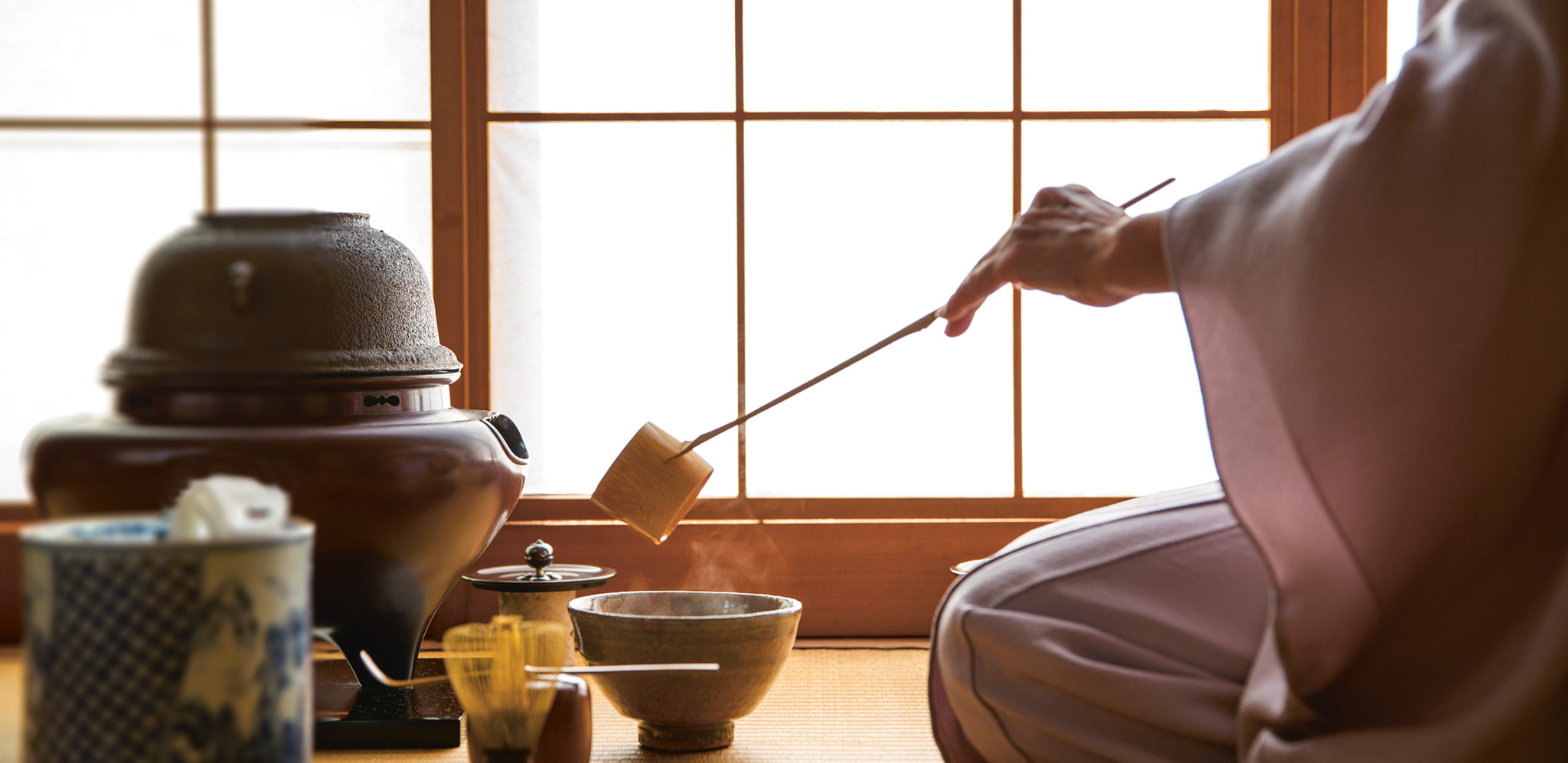
t Pouring hot water during a tea ceremony
Tea was first used in Buddhist ceremonies and enjoyed at upper-class parties before a tea master. Later, Murata Shuko (1422–1502) introduced Zen-inspired ritual aspects to the custom of tea drinking. This early version of the tea ceremony was later developed by Sen no Rikyu (1522–91), the founder of the Japanese tea ceremony as it is practiced today. Known as chanoyu (the way of tea), the ceremony is imbued with philosophies such as ichi-go ichi-e (cherishing every encounter), and aesthetic concepts such as wabi-sabi (beauty in imperfection). Crafts associated with chanoyu – including ikebana (flower-arrangements), ceramics, and landscape gardening – have also been profoundly shaped by these concepts.
TEA CEREMONY CUSTOMS

t Some of the utensils involved in the ceremony
The tea ceremony is a well-orchestrated series of events that takes many years to master. The placement of the utensils, the moment to bring out the chakin (cloth), the hand to use for each movement – all are strictly prescribed. Guests kneel on the tatami mat while admiring the skill of their host, the quality of the utensils, and the features of the room. Wagashi (sweets) may also be served.
To drink matcha, bow to your host when offered a cup, take the tea with your right hand, and place it in the palm of your left. Turn the bowl clockwise about 90 degrees, raise it with both hands, and then empty the cup in three gulps.
DISCOVER Tokyo Your Way
TEA VARIETIES
Green tea leaves are divided into three main grades – gyokuro, which are the most tender, protected leaves that come out in May; sencha, which are tender leaves picked in May or June; and bancha, which are large leaves left until August.
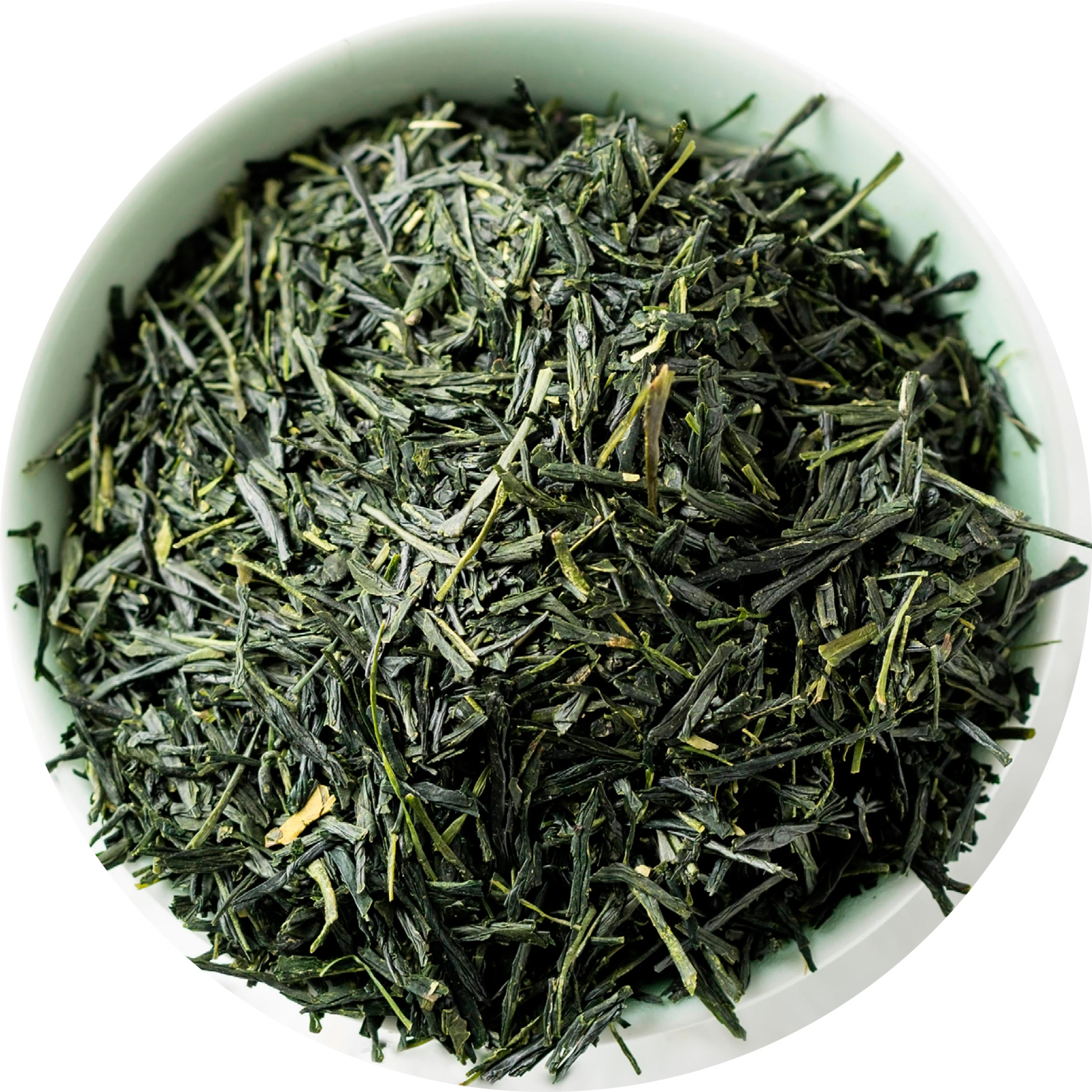
GYOKURO The highest grade of green tea, gyokuro is brewed at lower temperatures than normal. It is very rich and highly savory.
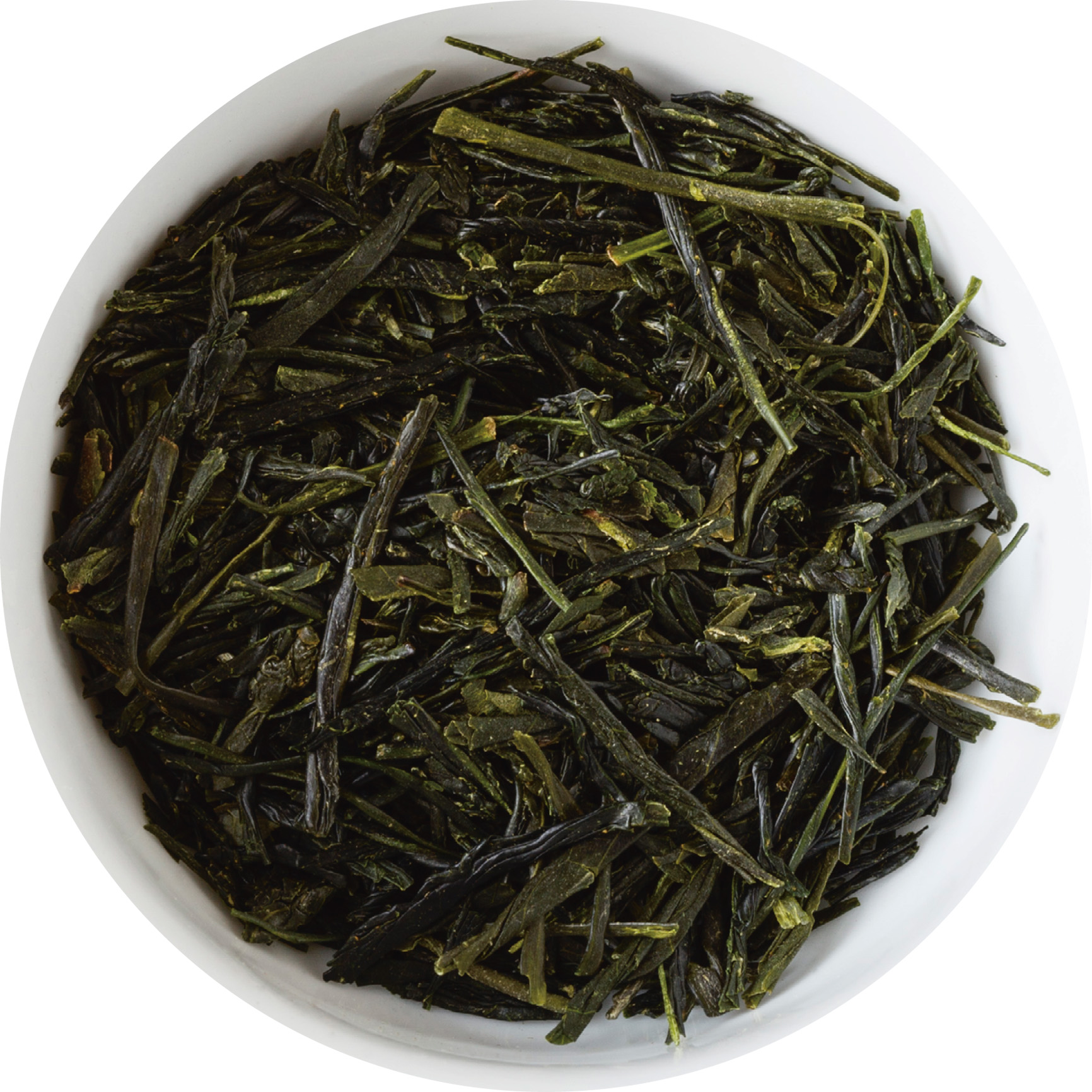
SENCHA This archetypal green tea is made with whole, dried leaves. Sencha has a balanced bitterness, and a refreshing aroma.
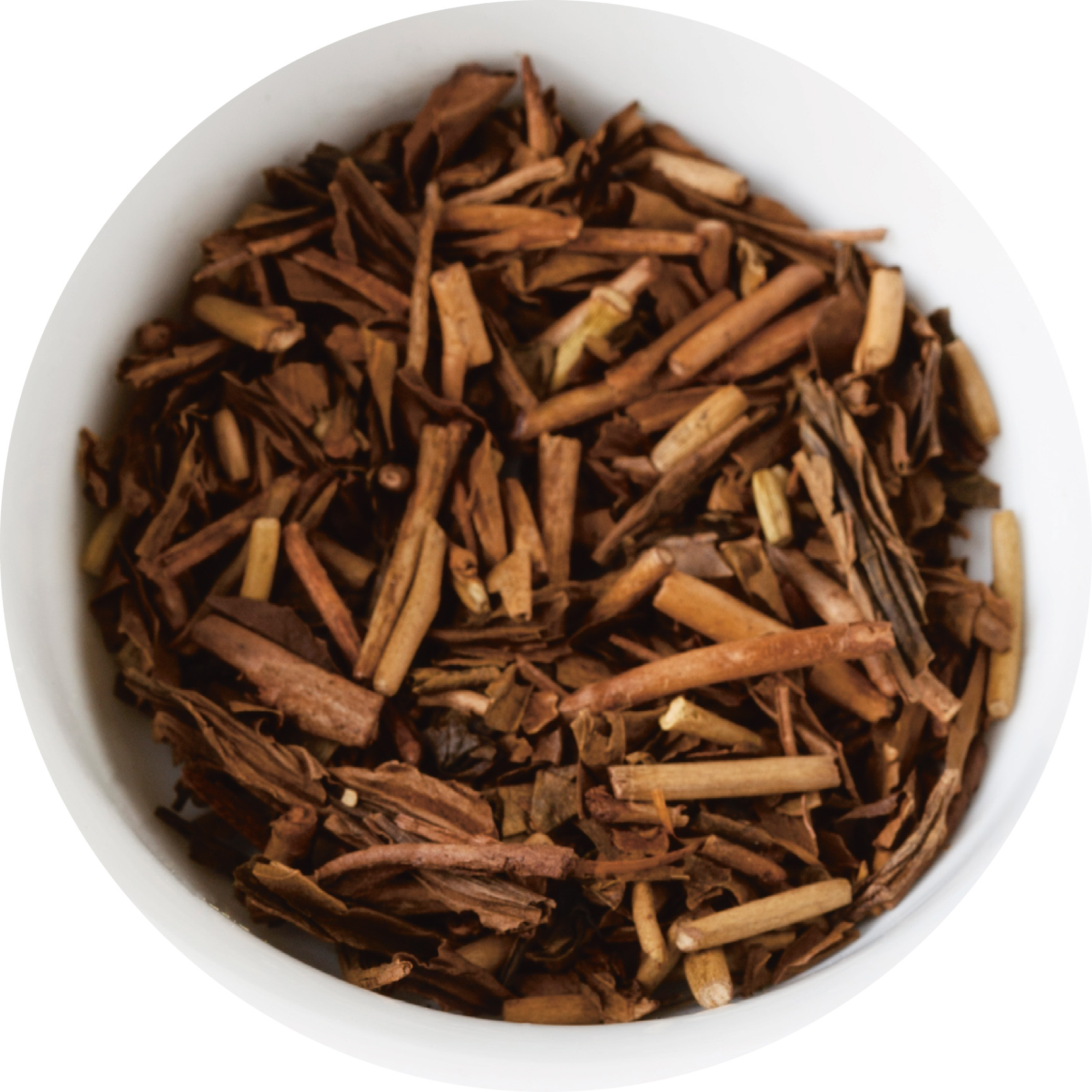
HOUJICHA The leaves are roasted, producing a rich, nutty tea which is reddish-brown in color.

MATCHA A finely ground powder that is whisked with hot water. This rich, almost creamy, tea is the variety used in tea ceremonies.
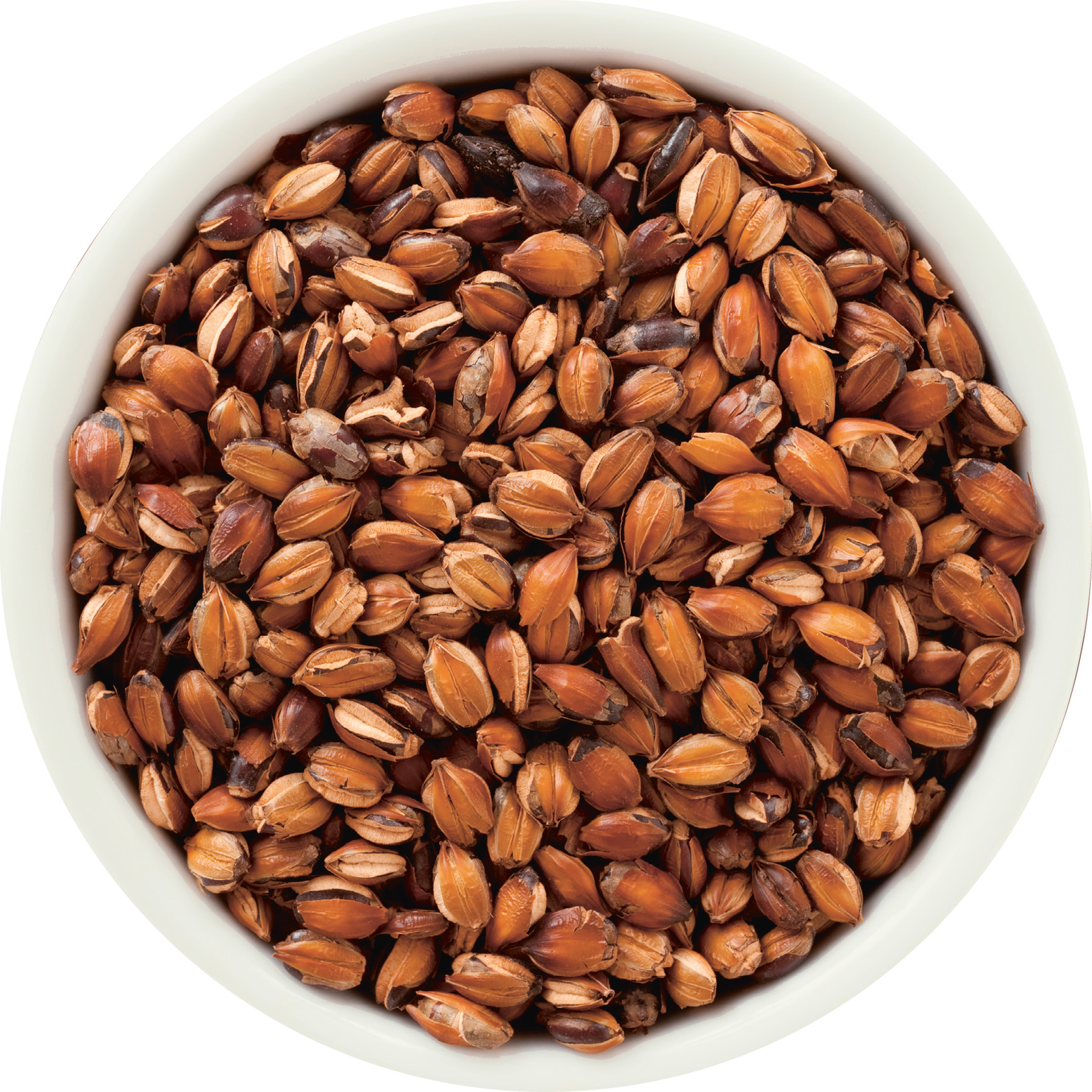
MUGICHA Cold-brewed from roasted barley, toasty mugicha is especially popular in summer.

GENMAICHA In this blend, dried green tea leaves are mixed with popped brown rice to give a nutty flavor.
